Algarve Photographers visit Tomar – Part One
Some of Algarve Photography Group, partners and friends visited Tomar, Castelo do Almourol and the studio house of Carlos Relvas between the 15-17 April. They stayed at the Hotel dos Templários a central location in Tomar. The group travelled together by coach, with picking up points in Tavira and São Bras do Alportel arriving in Tomar about 5 hours later.
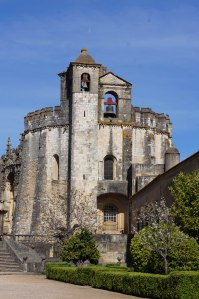
The town is compact and is easy walked around in a day, but more time will be needed for the Convent of Christ. The river Nabão runs through the ordered park in the town. A reproduction waterwheel is inside the park and trees shade the visitor from the sun. There is a feast of architectural abundance in Tomar. The convent of Christ is one of Portugal’s remarkable monuments. It stands on a hill, which most of the group climbed without too much trouble. It was well worth getting the guide for the day as he knew the fastest route to the top of the steep hill.
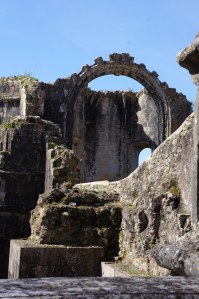
The convent is a mixture of buildings dating from the Roman period to the 18th Century. The Convent/Castle was founded by Gualdim Pais in 1160. Others that involved themselves in the development of the buildings were King Manuel I and Joâo III. Phillip II established his court there so as to be recognized as ruler of Portugal. Parts of the building were also developed under the guidance of Henry the Navigator.
The Order of the Temple was founded in Jerusalem by Hugues de Payens with several others in 1118. The intention was to protect Christian pilgrims who made their way to the Kingdom Of Jerusalem in the Holy Land. The Templars became the bankers, as pilgrims concerned about robbery en-route, would leave their valuables with the Order for safe keeping in exchange for a bill of exchange. This was handed to the commandery in the Holy Land and the agreed sum could be withdrawn. Despite the fact that they were merely caretakers or guardians, this is how the Templars came to manage enormous assets. The effectiveness of the protection offered by their military activities made the French monarchs and others wary of the Templars. Their activities as warrior monks became increasingly unpopular. Accusations were leveled against them and a puppet Pope Clement V in league with Phillip the Fair issued a papal bull the Pastoralis preeminentie against them on the 22 November 1307. By 1312, the Templars monks Order was suppressed. The Grand Master, Jacques De Molay, and others were condemned as Heretics to be burnt at the stake. However in Portugal King Denis was in no hurry and although suppressing the Order, placed all Templar possessions under the protection of the Crown. Soon after King Dinis founded the Order of Christ, which in reality was a continuation of the former Order. Then by the papal bull of Ad ea exquibus of 14 March 1319 the knights and possessions of the Templar Order were transferred to the newly created Order of Christ. They set up their headquarters in the castle of Castro Marim. In 1357, the headquarters were moved back to the castle in Tomar. In 1529 there was a clear separation between knights and friars and the Order became closed,, contemplative and monastic under the Rule of St Benedict. Thus the building took on the character of a Renaissance convent.
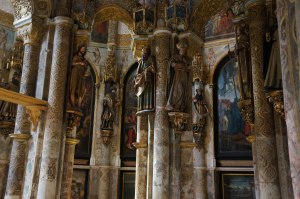
The main building has Romanesque features, such as the Rotunda built in the 12th and 13th Centuries. Much of the architecture of that period Gothic and Romanesque seems to have had a common aim of emulating the circular buildings of Church of the Holy Sepulcher or the Mosque of Omar in Jerusalem. The Charola, with its opulent gilded ceiling ribs, is breathtaking. Seven painting remain of the original 14 painted panels, all representing religious scenes from the life of Christ and the suffering of the Virgin Mary. The paintings on the vaulted ceiling of the Charola date from the time of Manuel I.
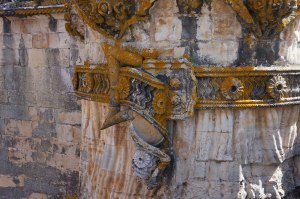
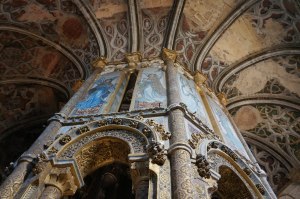
In 1503, Manuel I ordered work on the Upper choir. The work took from 1510 to 1513 where a west façade was built between two large buttresses. The central axis is the famous Templar window. It is considered one of the finest examples of Manueline style, with representations of coral, seaweed, cork oaks, chains, ships ropes and the holy tree of Christ. A rope runs horizontally across the façade and every element that is included has a symbolic meaning. There is a mixture of heraldic and biblical devices and symbols, with a huge belt and buckle of the south buttress.
The group spent the morning exploring the Convent and later moved into exploring Tomar itself. The second article will be about the Synagogue in Tomar, the Castelo do Almourol and the studio house and colourful life of the Portuguese photography Carlos Relvas.
More information can be found about the Convent, in The Convent of the Christ, Tomar by Paulo Pereira
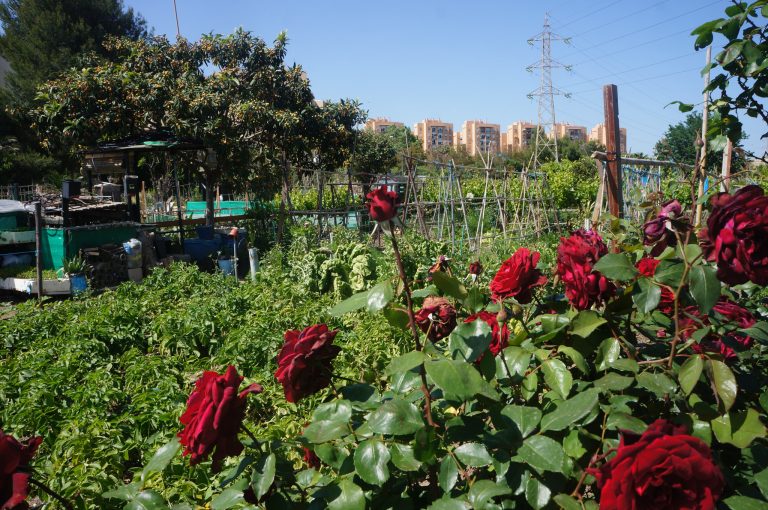
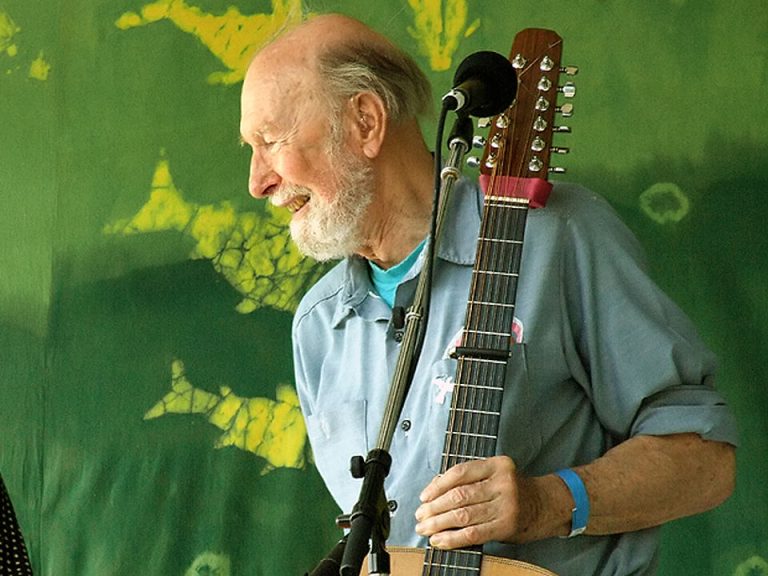
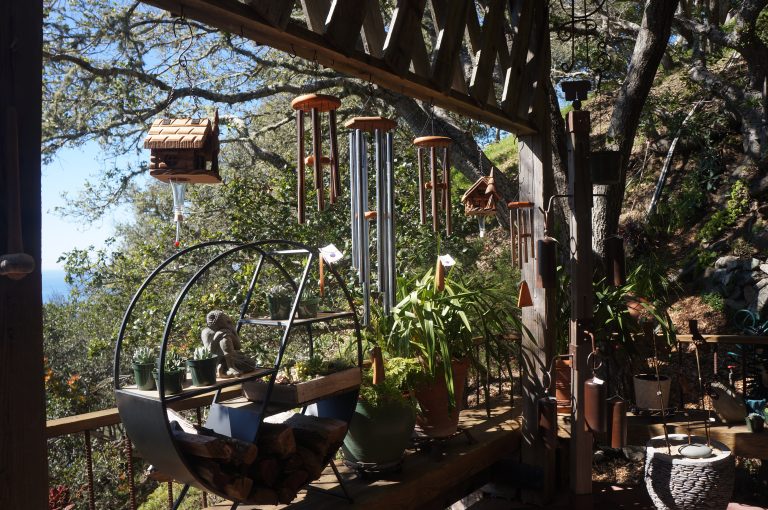
Two years ago I had a beautiful visit, timed for the Festa dos Tabuleiros and I thought the Convento one of the most impressive buildings I’ve seen. The castelo at Almourol is in a wonderful setting too. The festa was one of my first blog posts.
Yes, Its an amazing place. When are you next in the Algarve?